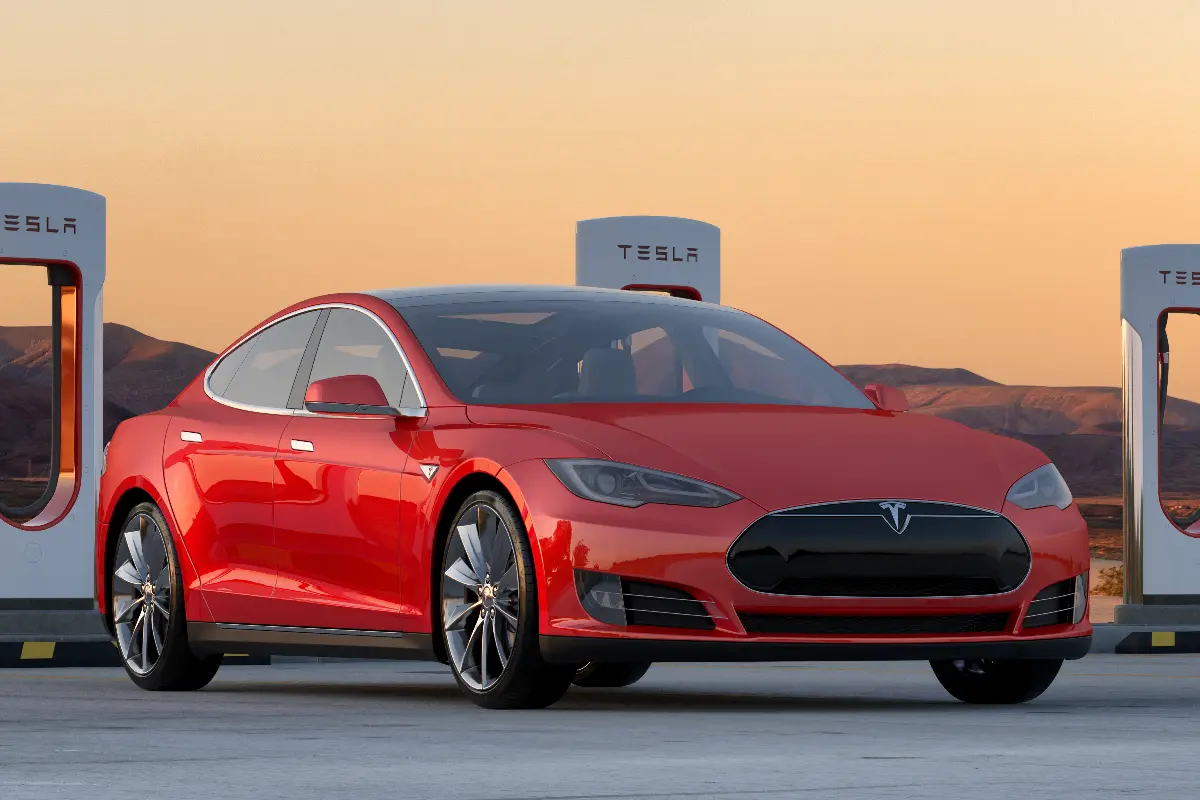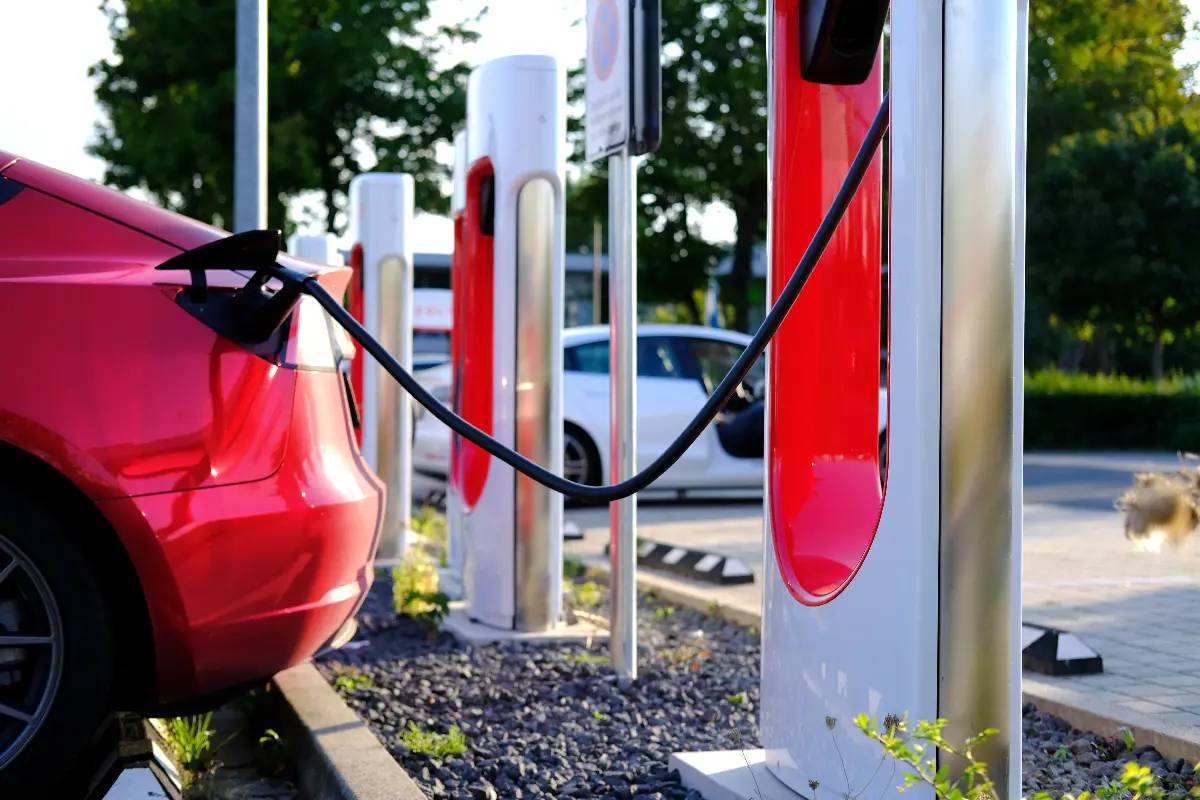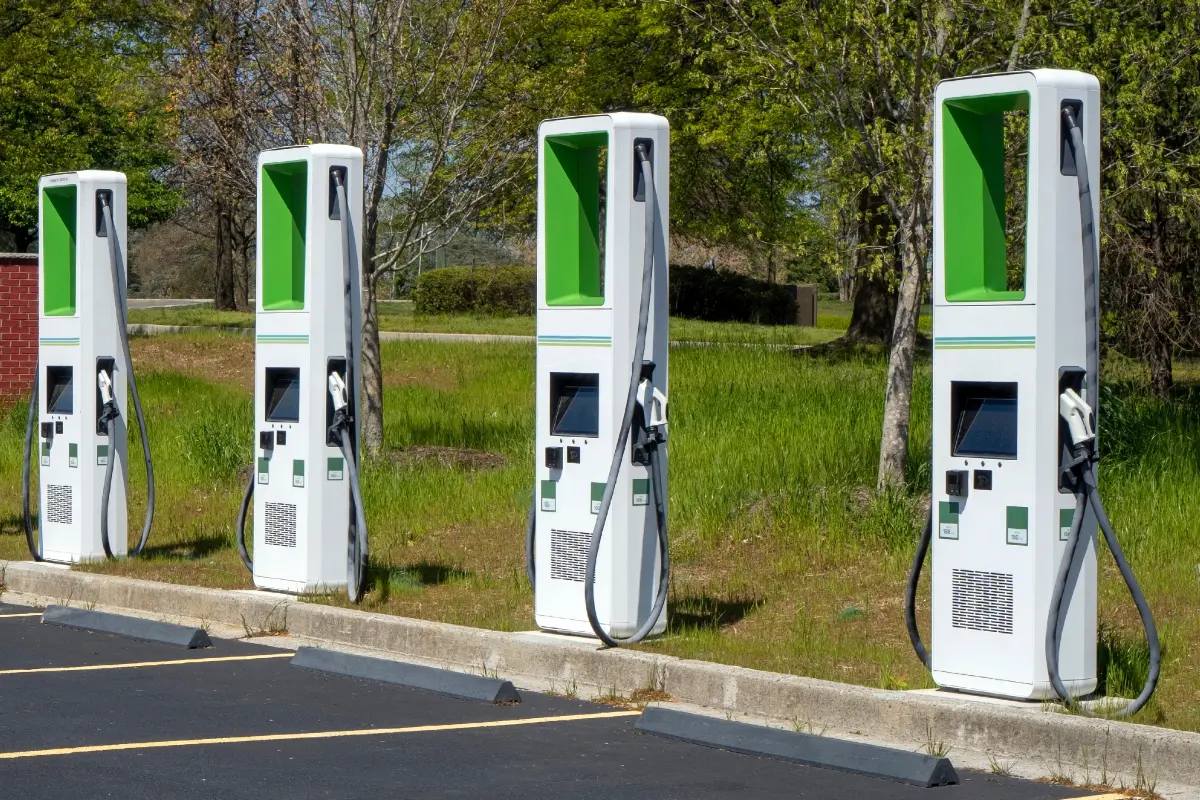Electric vehicles, or EVs, are cruising down the roads in increasing numbers, and it's no wonder why. With a promise of reducing carbon footprints and the potential to shrink ongoing fuel costs, these plug-in autos are sparking interest among consumers worldwide, including in Southeast Asia, where sustainability and innovation are key national priorities.

So, how do these zero-emission vehicles do their magic? At their heart lies the electric powertrain, a marvel of modern engineering. Unlike traditional internal combustion engine (ICE) vehicles that burn petrol or diesel to create power, EVs rely on electricity to get their wheels spinning. This electricity is stored in what could be considered the powerhouse of the EV, the rechargeable battery pack.
The battery, typically lithium-ion, works as a reservoir of energy. When you plug in your EV to charge, electricity from the grid is converted into chemical energy and stored within the battery's cells. These cells are grouped together in modules, which collectively form the battery pack, often taking up significant space at the bottom of the vehicle and providing a low center of gravity that can improve stability and handling.
Now, you may ask, how does the stored energy make the vehicle move? This is where the electric motor comes into play. When you step on the accelerator, the battery sends a current to the motor, which converts the electrical energy into mechanical energy. This, in turn, turns the wheels. The amount of power delivered and the vehicle's acceleration are controlled electronically, providing a smooth and instantaneous response, which EV drivers rave about.
One key advantage of electric motors over ICEs is efficiency. Electric motors can convert more than 90% of the electrical energy from the battery into movement, while ICE vehicles can only convert about 20–30% of the energy stored in gasoline. Additionally, EVs recapture energy through a process called regenerative braking, which uses the motor to slow down the vehicle by acting as a generator, converting the kinetic energy back into electricity, which is then stored in the battery for future use. This is particularly useful in city driving, where stop-go traffic is common.

Another question that often pops up is about charging: How does one charge an EV, and how long does it take? EV owners typically have a few options: slow charging using a standard wall socket, faster home charging units, and public charging stations, which can be quick chargers. The time it takes to charge an EV can range from 30 minutes to 12 hours, depending on the size of the battery and the speed of the charging point.
On a related note, range anxiety—the fear of running out of juice on the road—is often a concern with potential EV buyers. However, technological advancements are continuously improving battery capacity and efficiency. Modern EVs can cover distances comparable to those of ICE vehicles on a single charge, with some models boasting a range of over 500 kilometers, which is more than enough for the typical daily use of most drivers.
Furthermore, the integration of sophisticated software within the vehicles plays a significant role in the EV experience. This is manifested in the form of smart navigation systems that can direct drivers to the nearest charging station or plot the most energy-efficient route. These systems also monitor driving patterns and battery usage to optimize power consumption and range.
Despite the benefits, EVs are not without their environmental considerations. The production and eventual disposal of lithium-ion batteries are points of concern. It's crucial that the industry advances in recycling and repurposing used batteries to minimize the environmental impact. Plus, the sourcing of the electricity that charges EVs is another important factor; for EVs to be truly green, the electricity should preferably come from renewable sources.

As many Southeast Asian governments continue to encourage the rise of EVs, especially in Singapore, where it is planned to phase out ICE vehicles by 2040 and expand the charging infrastructure across the island, the future of mobility looks electric. Incentives, rebates, and an increasing awareness of sustainability are aligning to make EVs an increasingly attractive choice for drivers.
The brilliance of EV technology is not just in how it reduces emissions but also in its simplicity and efficiency. The seamless conversion of energy to motion, the whisper-quiet rides, and the ease of use combine to form a compelling alternative to the century-old ICE technology. As battery technology evolves, charging infrastructure expands, and as recognition of climate change accelerates, the switch to electric vehicles seems not just a matter of preference but an inevitable shift in the automotive landscape. For drivers in Singapore and around the world, the message is electric and clear: the future of driving is here and now, and it is sustainable, efficient, and exhilarating.
